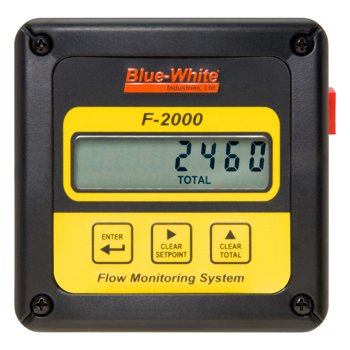Well Flow Test
If you are considering a possibility of buying a rural home, which is not connected to a municipal water supply network, you may be in for one or several well flow tests. Lack of water is sheer disaster, so, prior to making a big investment, you must ensure that your well is going to provide a sufficient amount of water year round.
What is a well flow test?
A well flow test is a technical procedure aimed at checking water flow from a well. It should help determine if there are problems with the core itself, pump, storage tank, or other equipment. Also, it is carried out to measure a well’s capacity, particularly how much water it can provide (gallons per minute).
A well flow test is not aimed at fixing any issue. It is a kind of diagnostic, which is carried out to identify existing issues, if there are any, and determining the scope of repair work.
Why do it?
There are good reasons to check your well properly. For example, a well that has been serving a family of two people will not stand a chance with a family of six people, because you will need three times the amount of water it has been yielding so far. So, if you have a big family and are buying a residence from a small family, checking the well must be your paramount task. There is hardly a more frustrating thing than running out of water!
How does it go?
Well capacity (well water flow) is measured at a point located as close to the well tank as possible. Measuring water flow at kitchen or bathroom faucet will not provide accurate data, because as water moves along pipes, the pressure declines. The procedure is aimed at measuring two basic characteristics: flow (gallons per minute, GPM) and pressure per square inch (PSI). Water is pumped at a set rate, and the flow is measured with the help of a calibrated flow meter attached to the hose. It will let the inspector know how much water is pumped per minute. Then the amount (expressed in gallons) is multiplied by 60, and you get the hourly water draw rate.
Also, the procedure involves measuring static and pumping water level in the well. Static water level is the current level, which is observed prior to doing the test. Pumping water level is the level, to which the water level will drop after pumping. The difference between the static and the pumping water level is called ‘drawdown’.
Along with well capacity, the procedure can provide you information about the aquifer, which feeds the well. Particularly, it allows you to judge how rich in water it is and how fast it flows in. Based on this data, you can make some judgment of how your well is going to work later.


